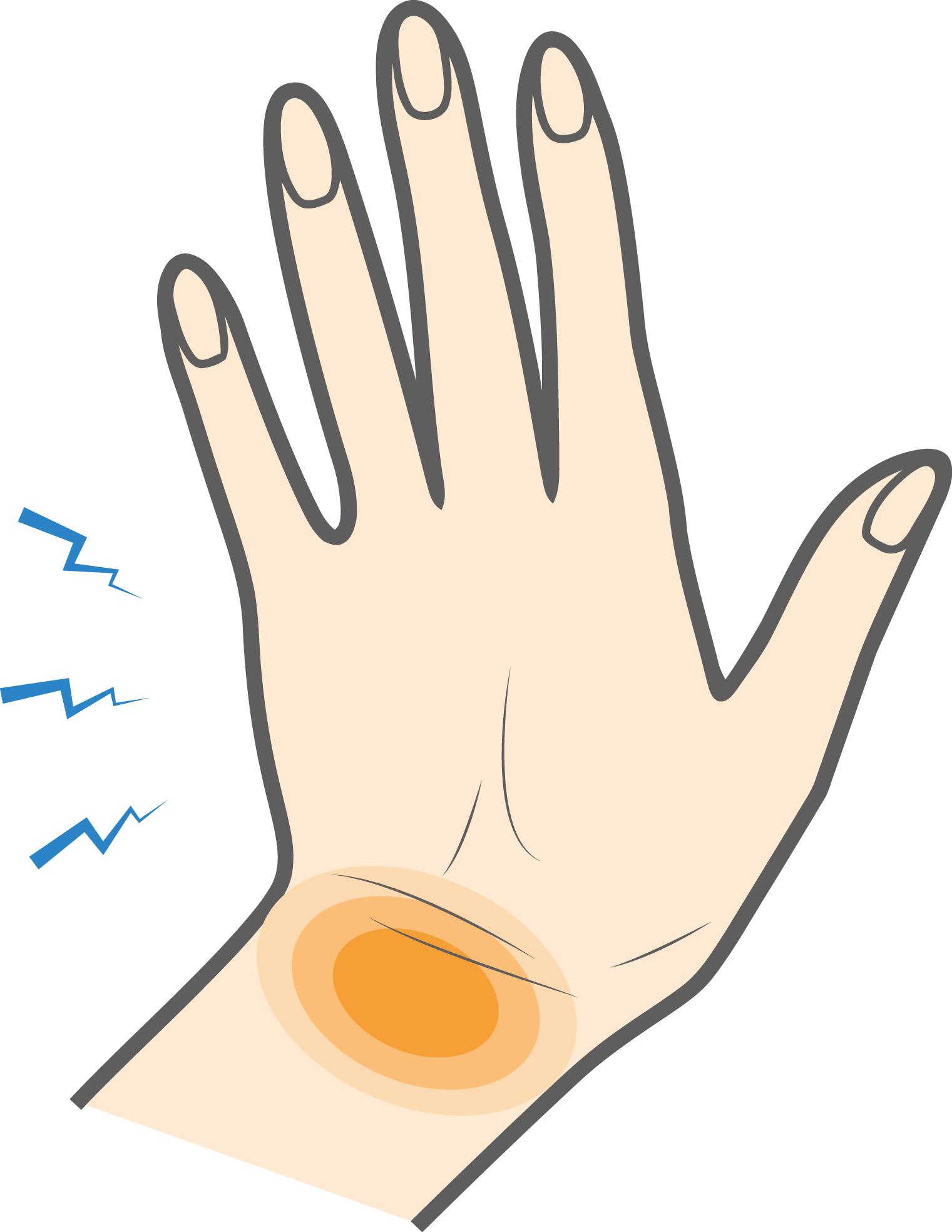The wrist is a complex joint that connects your hand to your forearm. Wrist arthritis is a common cause of pain, swelling, and stiffness in this joint. Over time, wrist arthritis can make it difficult to move your hand and perform daily tasks.
Arthritis is a chronic condition that involves inflammation in one or more joints. There are many types of arthritis, and the three most likely to affect the wrist include:
- Osteoarthritis: Occurs when the smooth cartilage in the joints breaks down or wears down over time.
- Post-traumatic arthritis: Inflammation that develops in the joint after an injury.
- Rheumatoid arthritis: Occurs when your immune cells mistakenly attack healthy cells in the body. In the case of rheumatoid arthritis, the body’s immune system attacks the joint. Rheumatoid arthritis can affect multiple joints at the same time, and it commonly occurs in the wrist.


